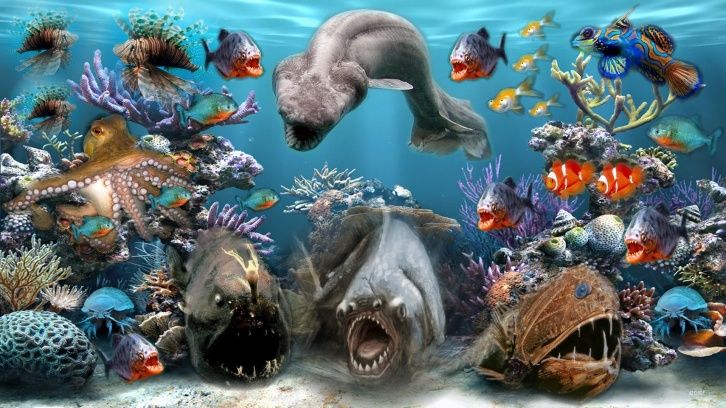
FAQ About Ocean Life

What is the migration pattern of humpback whales?
Humpback whales are known for their remarkable migration patterns, which involve long-distance journeys between their feeding and breeding grounds. Here's an overview of the migration pattern of humpback whales:
- Feeding Season: During the feeding season, humpback whales typically inhabit colder, nutrient-rich waters closer to the poles. They spend the summer months in high-latitude regions, such as the polar waters of the Arctic or Antarctic, where food resources, such as krill and small fish, are abundant.
- Breeding Season: When it's time to mate and give birth, humpback whales migrate to warmer tropical or subtropical waters. This breeding season typically occurs during the winter months. Different populations of humpback whales have specific breeding grounds, with some congregating around coastal areas or offshore islands.
- Migration Routes: The migration routes of humpback whales vary depending on their population and geographic location. Some populations undertake extensive migrations that cover thousands of kilometers. For example, humpback whales that feed in Antarctic waters migrate to tropical or subtropical regions, such as the waters off the coasts of South America, Africa, Australia, or the Pacific Islands.
- Communication and Courtship: Humpback whales engage in elaborate courtship displays and mating behaviors during the breeding season. Male humpbacks are known for their complex songs, which they use to communicate with potential mates and establish dominance. These songs can be heard over long distances and play a crucial role in the reproductive behaviors of humpback whales.
- Calving and Nursing: Female humpback whales give birth to a single calf during the breeding season. The warm, protected waters of the breeding grounds provide a suitable environment for nursing and caring for the young. Calves are born with a thick layer of blubber to keep them warm during their early stages of life.
- Return Migration: After the breeding season and the successful nursing of their calves, humpback whales begin their return migration to their feeding grounds. The exact routes and timing of the return migration can vary, but it generally follows a similar pattern to the initial migration, with the whales returning to colder waters rich in food resources.
